Ultimate Guide to Pond Upkeep
Pond keeping can be a mine field when it comes to knowing what you can and can’t do to achieve algae free, crystal clear water. With differences of opinions, it all becomes a very confusing, tangled web of conflicting information.
We are not claiming to be experts, but we know a lot about bacteria and how it thrives in ponds. Therefore, we have compiled a list of do’s and don’ts to help you create the perfect water conditions in your pond. Keep algae at bay and maintain a balanced eco system.
DO – Treat your pond with a bacterial product on a regular basis.
Beneficial, aerobic bacteria are the foundation to any ponds ecosystem, it keeps algae at bay by eliminating any excess nutrients in the pond. It also prevents sludge from becoming anaerobic and releasing toxic hydrogen sulphide into the pond and helps prevent fish illnesses.
Bacteria need to be topped up regularly. As with any living organism, it only has a certain lifespan and once it has died, it needs replacing.

DO – Use a hosepipe to wash your filters.
This is a very conflicting point within the pond industry, but we recommend using a hosepipe to wash filters.
The chlorine that is found in tap water is only present as a trace element and the amount that is left behind on the filters is so small that it will have a very insignificant effect on the bacteria that is present in the pond.
By using pond water to wash your filters, you will remove a lot more of the bacteria that is present in the pond and then have to replace the pond water with tap water. Discover a full guide on how to clean your pond filter here.

DO – Check your water parameters on a regular basis.
Although your water may look clear, it may not be the quality, healthy water that your fish need. Check your water parameters with a test kit every couple of weeks to ensure pH, KH, ammonia and other levels are correct. If you don’t know what your water parameters should be, have a read of our Water Parameters post. Water parameters can change rapidly and can have severe consequences on your fish.
If you find that your water parameters are not correct, use Pond Equaliser to instantly stabilise them.
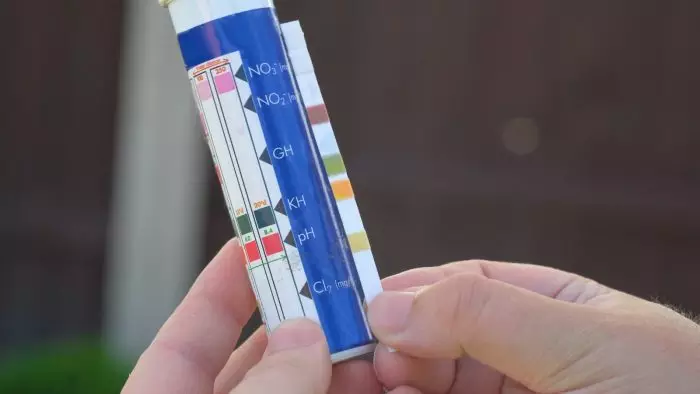
DO – Ask for technical advice.
Nobody wants to buy a product that they think is going to solve their problem, only to find out that they have purchased the wrong product or not used it correctly.
We provide expert advice not only for our products but for any other pond query either by email or phone. So, take advantage of us and give us a call!

DO – Treat your pond with a bacterial product all year.
We hear from more people every week who had a crystal-clear pond in winter that suddenly went green in spring. Algae won’t grow below 8°C which is why ponds look good during winter. However, bacteria also die when it gets below a certain temperature and with a lack of algae to feed on, come spring their numbers have decreased drastically. The depleted number of bacteria, coupled with the rise in temperature in spring quickly results in an algae bloom that will turn your water green.
Treat your pond with Winter Pond Treatment during the colder months to keep bacteria present in the pond.
DO – Keep your pumps and filters running all year.
A lot of pond owners decide that once the temperature drops, the pumps should be turned off. However, by turning the pumps off, you will be creating problems that will not show themselves until spring.
During winter, a lot of debris falls into ponds and starts to break down. If this debris is not cleared out, it releases excess nutrients into the water that algae will feed on when spring arrives.
Keep your pump and filter running to remove any of this debris and keep the water moving.
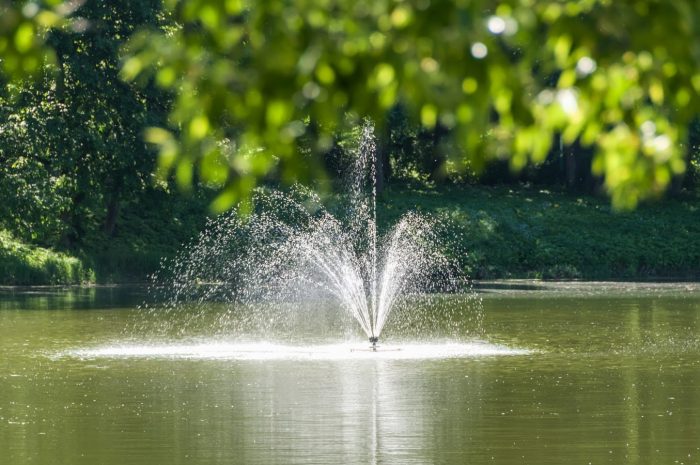
DON’T – Empty your pond and start again.
One common misconception when a pond is struggling with algae or green water is to empty all the water out, clean the pond and refill it. However, this is possibly the worst thing to do in this situation.
By removing all the water, you also remove any of the beneficial bacteria that was in the pond. When the pond is refilled it is filled with what is technically sterile water that contains chlorine, toxic heavy metals and little to no bacteria. Initially, the pond appears to be in a very good condition as the sterile water stays clear for a few weeks. However, it then quickly turns green due to the lack of bacteria available to fight off any algae spores.
If for some reason you do have to empty your pond, introduce a bacterial product as soon as you have refilled. This introduces bacteria into the pond straight away.

DON’T – Remove blanket weed whilst it is still alive
The most obvious thing to do when you see blanket weed appearing in your pond is to pull it out and throw it away. If ever done, you will know that within days, the blanket weed reappears and you begin the cycle again. If you remove blanket weed when it is still alive, the strands tear and release new spores back into the water.
Ensure that any blanket weed you remove has been killed first by using Blanketweed Klear. For more information on blanket weed, read our post on How to Get Rid of Blanket Weed.

DON’T – Change your filters.
If your filters are getting dirty when using a bacterial product, it is because your pond is dirty. You should only clean the filters, not change them.
Bacteria anchor themselves on to the filters and digest any algae or sludge that gets caught. If you change the filters, you remove all the beneficial bacteria that has been added to the filters.
If you must change your filters, be sure to apply a bacterial product directly to the new filters.

DON’T – Introduce plants without leaching out fertiliser.
When buying plants to add into your ponds, the easiest place to buy them from is the local garden centre. However, these plants are grown in fertilisers that aim to speed up the growing process to allow the garden centres to sell them quicker. If these plants are added straight into the pond, the fertiliser leaches out to the pond, harming the beneficial bacteria.
Before adding plants to the pond, put them in a bucket of water for 7-10 days and change the water every day. This will leach out the fertiliser and they will then be safe to add to the pond. For more information on pond plants, read our post Should I Keep Aquatic Plants.
DON’T – Feed fish during winter
As the temperature drop in autumn, you should consider changing over to a high protein food for your fish. When winter begins, stop feeding your fish altogether.
Fish don’t feed throughout winter, so the food that is thrown into the pond will break down and release nutrients into the pond to feed any algae spores when the temperatures rise.

DON’T – Allow your pond to freeze over completely during winter.
You should avoid letting your pond freeze over during winter at all costs. If the pond does freeze over completely, it will create an airtight seal. This will not allow any oxygen to enter the pond or any toxic gases to leave the pond. If this continues for an extended period, it may result in fish death.
For more tips on caring for your pond in winter read our Preparing Pond for Winter post.

DON’T – Overstock the pond
It’s very easy to overstock a pond, after all, who wants a pond and only two fish to look at. However, if a pond contains too many fish it can have an effect on the water quality in the pond.
Fish produce a lot of waste; this waste gives off ammonia which can, in turn, raise the pH in the pond and lead to illness or death among the fish.
As a rule of thumb, it is recommended that a pond has 55cm of fish per 1,000 litres. The average fish size in UK ponds is around 6 inches. Therefore, this would equate to 3-4 fish per 1,000 litres.
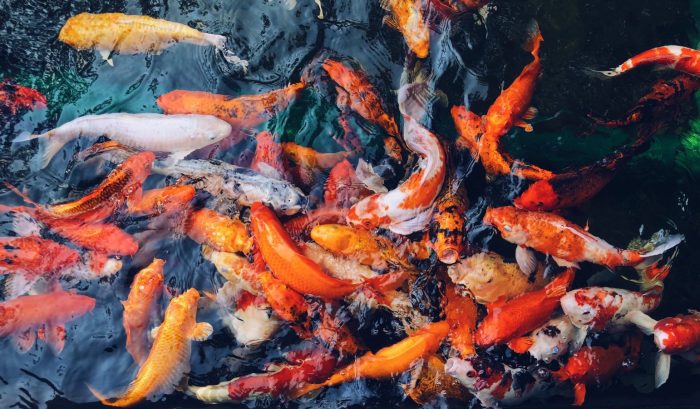
Related Products
-

Envii Pond Test Strips
£11.99Easy to use Pond Test Strips measuring 5 key water parametersAdd to Basket -

Envii Pond Klear
£11.99Clears green pond water and prevents algae.Add to Basket

 Call us on 01246 240880
Call us on 01246 240880 Sign-up and receive 10% off
Sign-up and receive 10% off
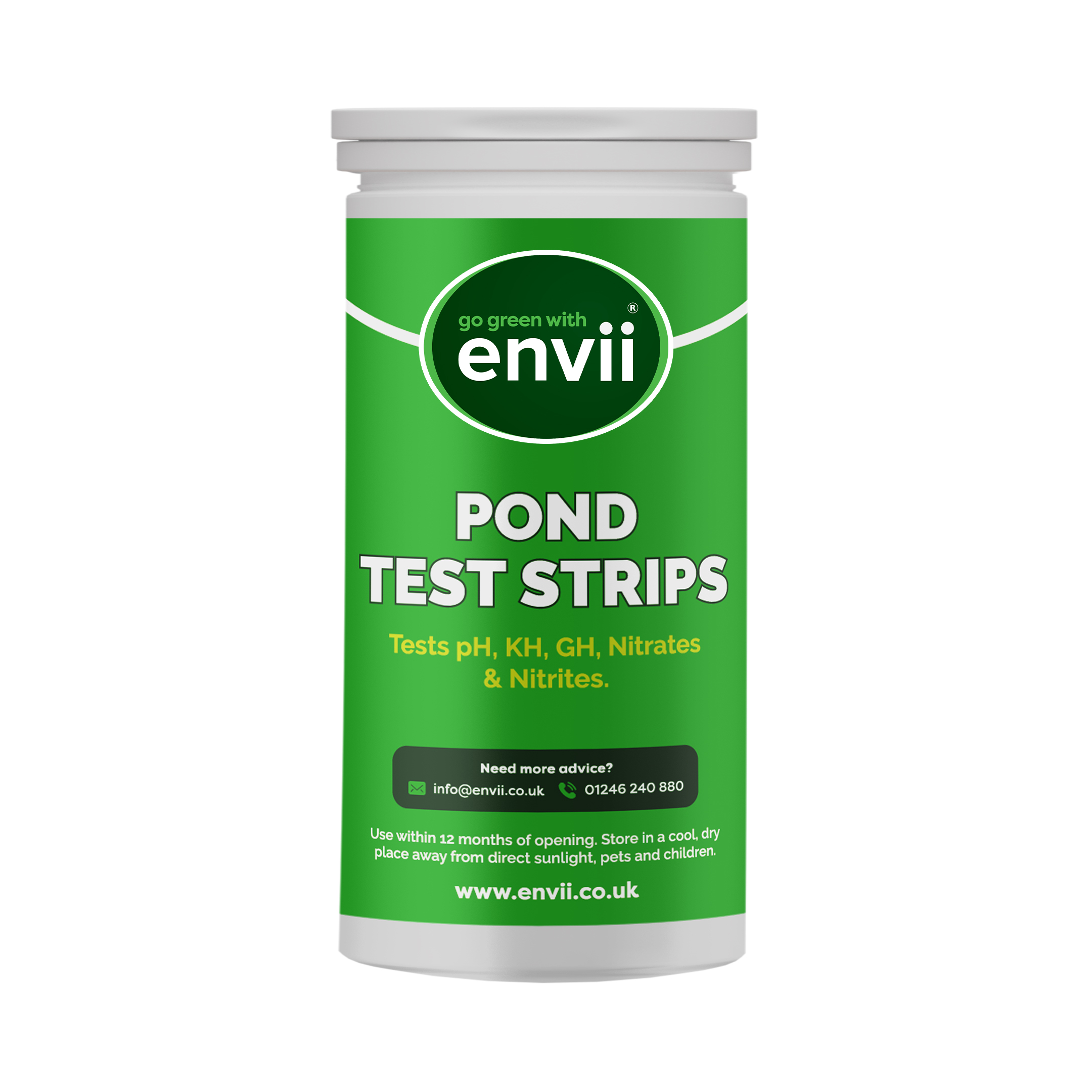
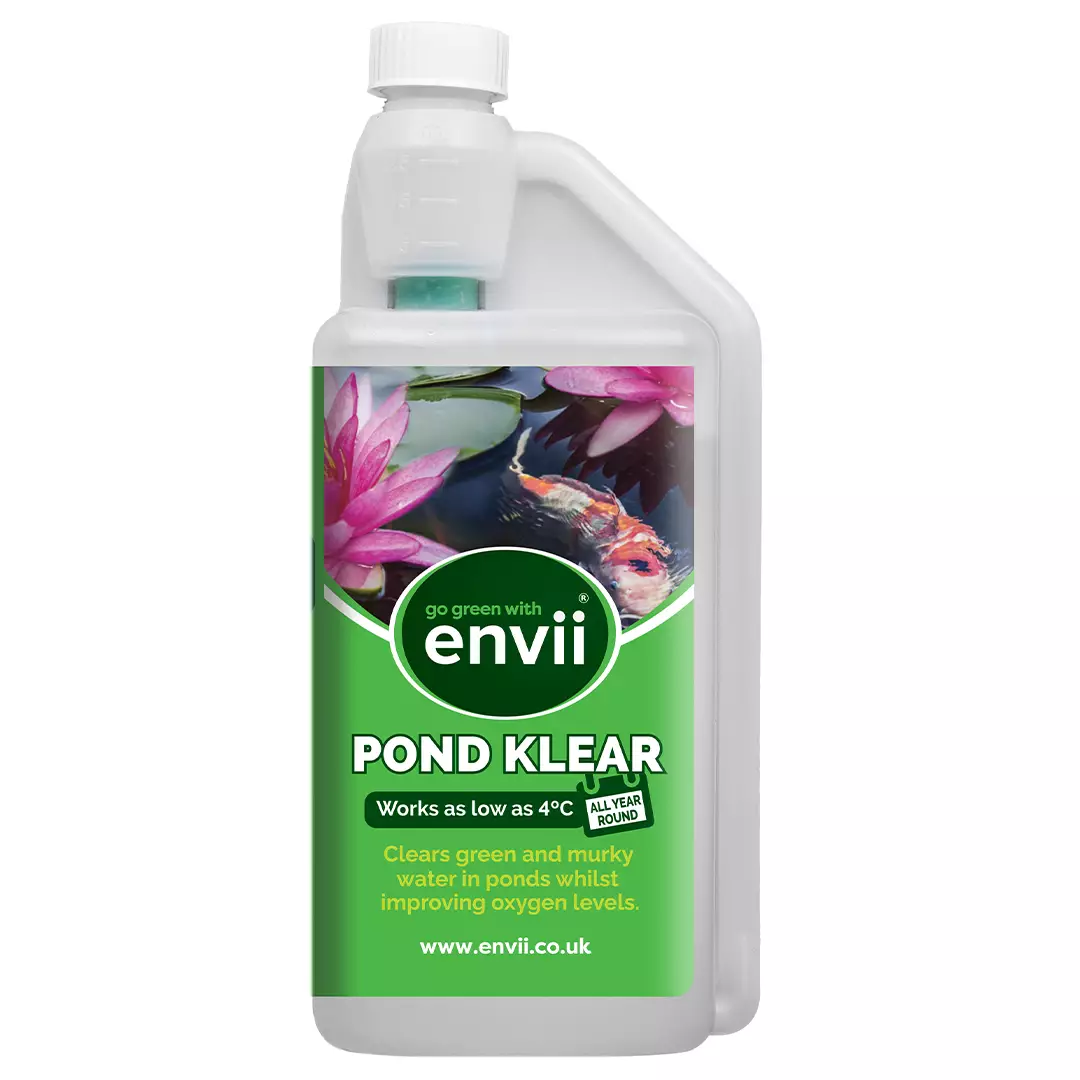
I am having a hard time with my greenish water. I have about 2000 gallons and 18 koi. I can’t get clear water. I have filter media after my skimmer as it feeds into my waterfall filter which also has 3 layers of filter media. It is still cloudy with a greenish tint. My pump runs about 4000 gallons an hour. HELP
I’ve been trying to keep my pond water at a certain level. It drops roughly 3 quarters of an inch in less than a week.
Is it ok for me to top up the pond water back up to the level it was.? And doing it every week in the Summer months.
Pond Raised 1300 litres.
Thank you